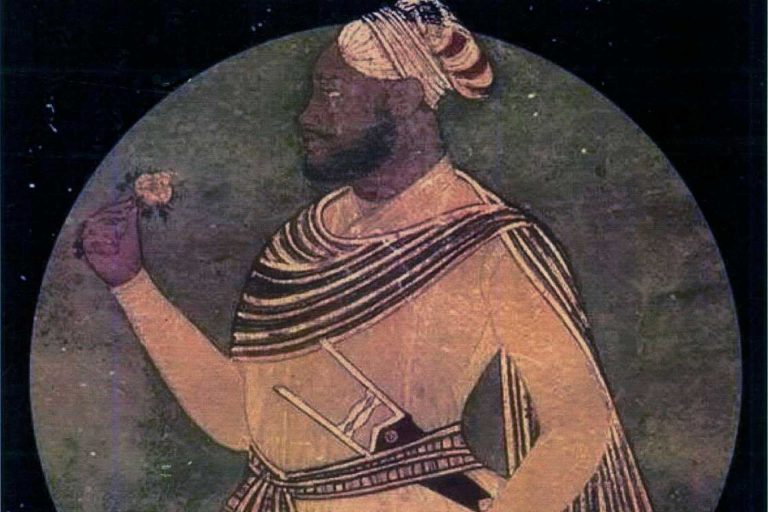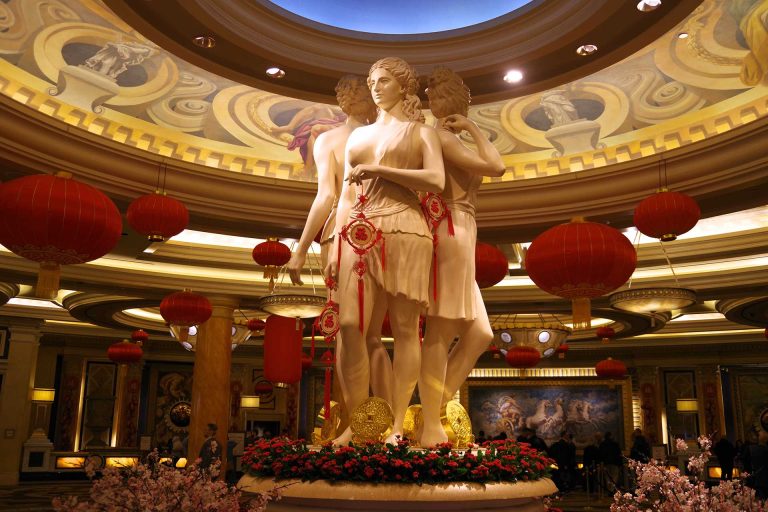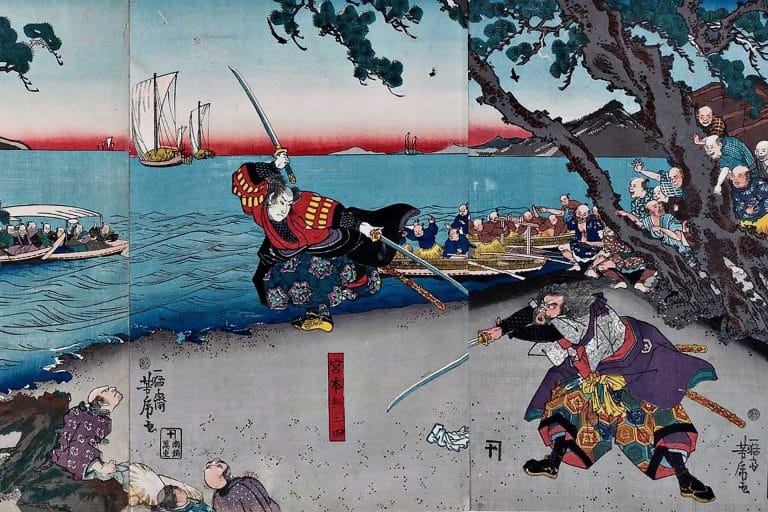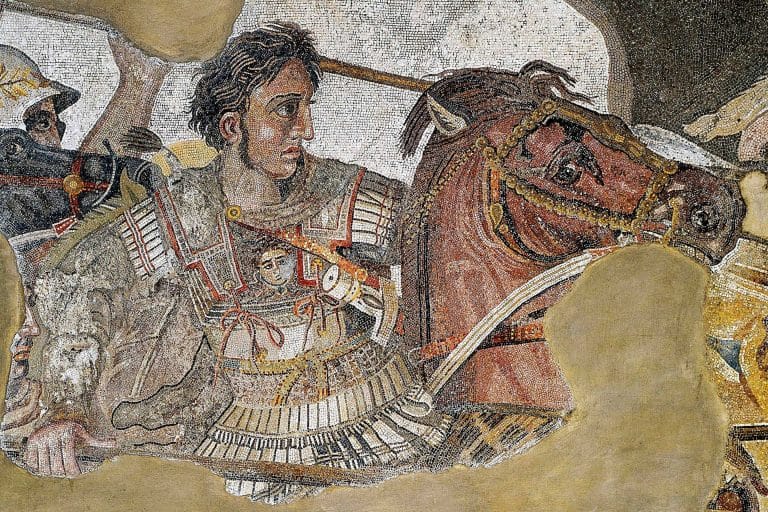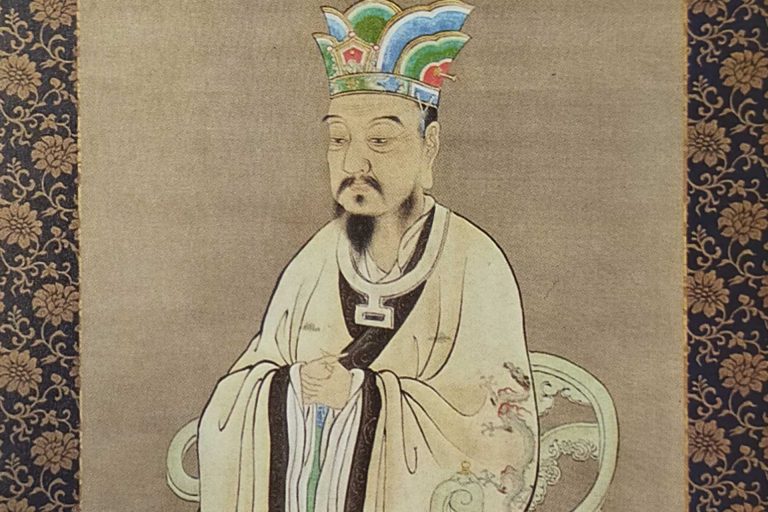5 of Japan’s Most Heroic Samurai
The samurai, noble warriors and guardians of ancient Japan, have been celebrated in lore and legends. They not only played pivotal roles in shaping the history of Japan but also became symbols of honor, discipline, and martial prowess. Among these stalwarts, five names stand out, having left indelible marks on the annals of Japanese history. Let’s delve into the lives of these legendary samurai, exploring their origins, feats, and legacies.

Miyamoto Musashi (1584–1645)
Regarded by many as the greatest swordsman to have ever lived, Miyamoto Musashi’s story is one of ceaseless dedication to the art of combat. Born in the Harima province, Musashi’s early life was marked by challenges; he was orphaned as a child and raised by his uncle, a monk. Young Musashi was quick to show his martial inclination. By the age of thirteen, he had his first duel, marking the start of an undefeated dueling streak that would stretch to over 60 confrontations.
The pinnacle of his dueling career was the legendary confrontation with Sasaki Kojiro, where, as per some accounts, he carved a sword from an oar to defeat his adversary. But Musashi was not just a warrior; he was also a philosopher and an artist. His treatise, “The Book of Five Rings”, provides profound insights into strategy, tactics, and philosophy, a manual that has transcended time and is still read widely today.
In his later years, Musashi retreated from a life of combat, focusing on teaching and writing. He died peacefully in 1645, leaving behind a legacy of martial excellence that remains unmatched.
Miyamoto Musashi‘s cultural significance stretches to modern times, with countless films, books, and TV shows portraying his life. For instance, the manga and anime series “Vagabond” draws inspiration from his life.
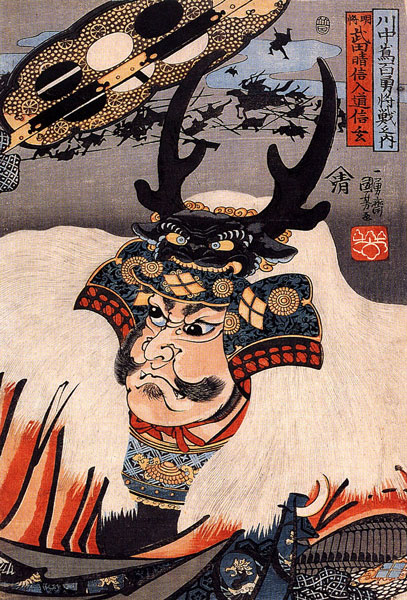
Takeda Shingen (1521–1573)
In the turbulent era of the Sengoku period, few figures shone as brightly as Takeda Shingen. Born to the Takeda clan, Shingen displayed an early aptitude for leadership and strategy. His administrative acumen was evident in his land reforms and support for trade, leading to prosperity under his rule.
However, it was his military campaigns that truly immortalized Shingen. His most notable rival was Uesugi Kenshin, with whom he had a series of battles at Kawanakajima. Their confrontations are not just tales of war but also stories of mutual respect and honor. Though Shingen’s dream of capturing Kyoto remained unfulfilled, his contributions to samurai warfare and his clan’s prestige were paramount. His death in 1573, under mysterious circumstances, marked the end of an era of valiant leadership. His contribution to warfare was notable, especially the use of cavalry in a manner unseen in Japan. Culturally, he’s celebrated during the Shingen-ko Festival in Yamanashi Prefecture.
In popular culture, movies like “Kagemusha” by Akira Kurosawa and video games such as “Samurai Warriors” and “Total War: Shogun 2” showcase his life and battles.

Uesugi Kenshin (1530–1578)
Known to many as the “God of War,” Uesugi Kenshin’s life was a blend of martial valor and devout spirituality. Orphaned early and witnessing power struggles, Kenshin’s rise to leadership was tumultuous. Ascending to leadership under the Nagao clan, Kenshin quickly became a force to reckon with. His battles with Takeda Shingen are legendary, marked by tactical brilliance and a profound sense, strategic brilliance, and of samurai honor.
Kenshin’s reign also witnessed significant prosperity due to his judicious governance. Beyond the battlefield, he was a devout Buddhist, often seen as a juxtaposition of a ruthless warrior and a compassionate leader. His death in 1578 remains shrouded in mystery, with some attributing it to illness and others to treachery. His legacy has left an indelible mark on Niigata Prefecture, with the Uesugi Festival celebrated annually.
Kenshin’s life and exploits feature in media like “Kessen III” video game and “The Tiger of Kai” TV series.
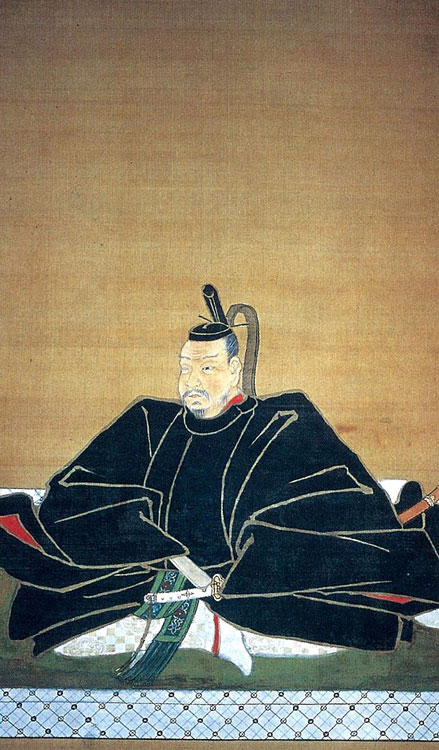
Date Masamune (1567–1636)
Often remembered by his moniker, “One-Eyed Dragon of Ōshu”, Date Masamune’s life is a testament to resilience and ambition. Losing an eye to smallpox didn’t deter him; he embraced the moniker “One-Eyed Dragon of Ōshu”. From his early conflicts to assert dominance in the Tōhoku region to navigating the larger politics of Japan, Masamune was a force to be reckoned with. He was a visionary- realizing the importance of global interactions. His endeavors to establish diplomatic relations with Spain and the Vatican are noteworthy.
Masamune’s reign was also characterized by his patronage of the arts and culture and even made significant contributions to Christianity in Japan. Famous for his iconic crescent-moon helmet, he made significant contributions to Japanese warfare. His legacy is not just of a warrior but also of an administrator who envisioned a globally connected Japan. His death in 1636 left a vacuum, but his legacy continues to inspire.
Culturally, Sendai city celebrates him through the “Aoba Matsuri” festival. He’s also seen in video games like “Samurai Warriors” and series like “Date Masamune: The One-Eyed Dragon’s Love and Ambition”.
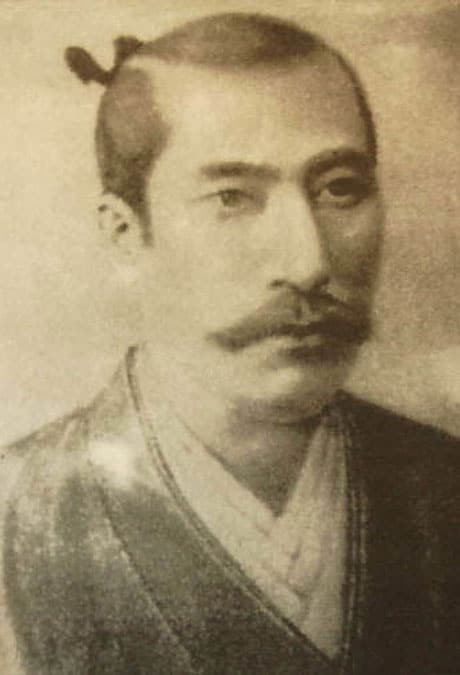
Oda Nobunaga (1534–1582)
Arguably the most transformative figure in Japanese history, Oda Nobunaga’s tale is one of ambition, innovation, and ruthlessness. Born in a tumultuous period marked by fractured clans and incessant warfare, Nobunaga’s vision was to unify Japan. His military campaigns were revolutionary, often employing tactics that were considered unorthodox and even utilized the principles of Sun Tzu’s The Art of War. His utilization of firearms, a recent introduction to Japan, changed the dynamics of samurai warfare.
Nobunaga’s reign, however, was not just about military conquests. He was a patron of the arts, culture, and trade, bringing about significant socio-economic reforms. Nobunaga is also credited as being pivotal in spreading cultural influences like the tea ceremony. However, such radical transformation often comes at a cost. Nobunaga’s ambitions and methods made him several enemies. In 1582, one of his own generals, Akechi Mitsuhide, betrayed him, leading to Nobunaga’s forced suicide at Honnō-ji temple.
In modern culture, his life has been dramatized in numerous films, series, and games. Titles like “Nobunaga’s Ambition” and “Nioh” introduce him to younger audiences, while films such as “Nobunaga Concerto” provide cinematic retellings of his life.
The Lasting Legacy of the Samurai
The tales of these samurai are not mere stories of battles and conquests. They are narratives of honor, discipline, innovation, and vision. These warriors, in their own unique ways, shaped the destiny of Japan, ensuring that their legacies would be celebrated for eons. Through their tales, we glean the essence of the samurai spirit, understanding the values and principles that made them timeless icons of heroism. Their legacies, immortalized in sagas and media, serve as testaments to their greatness, ensuring that they’ll never be forgotten.


